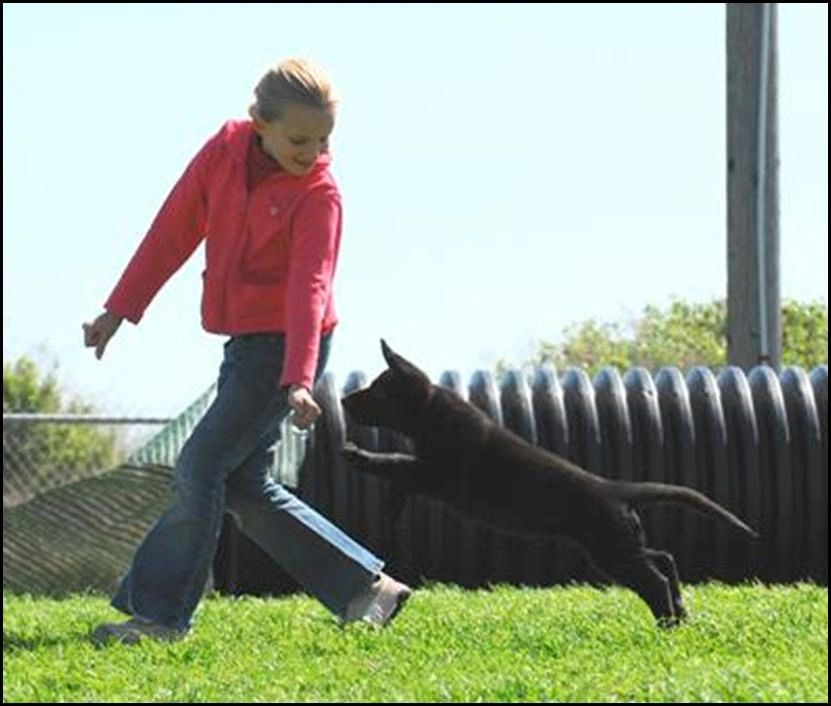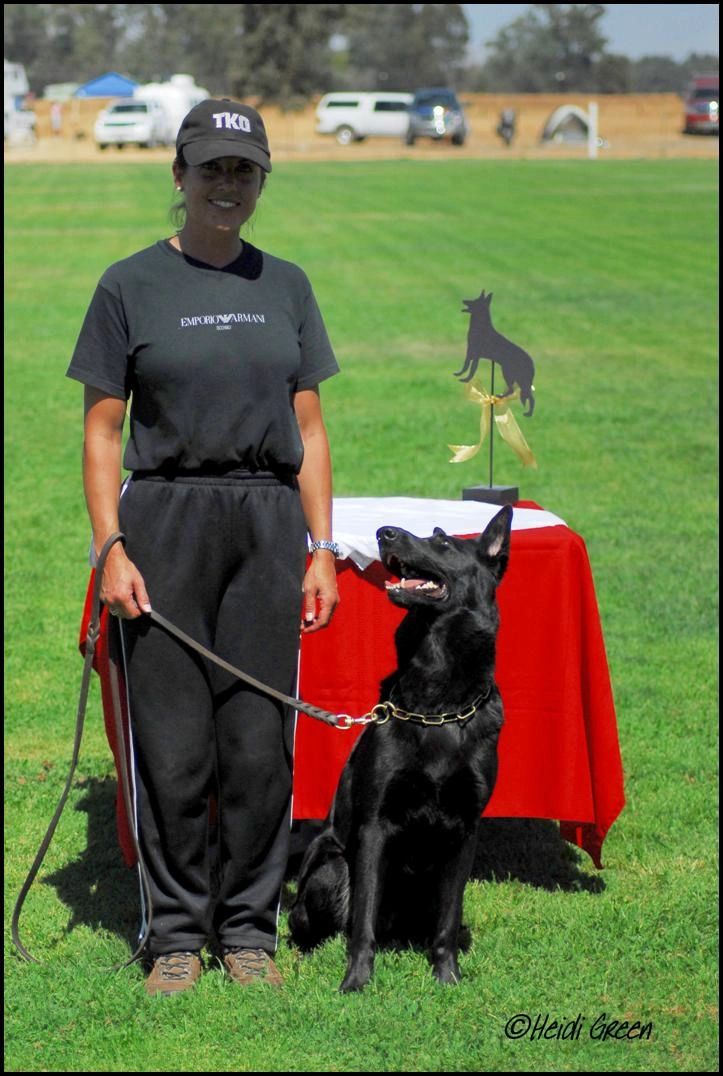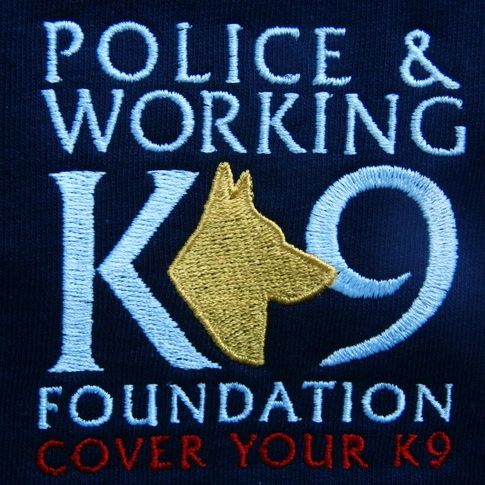www.Germanshepherdk-9.com
Home of
Larry - Curly - Moe
German Shepherd working dogs!
Larry - Curly - Moe
German Shepherd working dogs!
Dog Training Page - Promoting the fair training of sport and working dogs
Four Basic Principles: Motivate - Clearly define the task - Give feed back - Train repeatedly


| Dog Training Links |
| Clicker Training |
| Clicker Myth |
| Compulsion Defined |
| Training with Rewards |
| Living with a High Drive Dog |
| Dog Training Books |
|
Dog Training Foreword Our dog training page was developed to share the methods we currently use for training dogs in the sport of Schutzhund and for living with the high drive working dog. Our hopes are that this site will bring greater awareness about how to develop a strong working partnership in the performance dog and to also be a helpful training guide for anyone looking to improve their dog handling skills through training methods that are respectful of the dog. Over the years, we have learned, a solid working foundation will be the result of balanced training methods that include well defined rules and clear feedback. Our intention is to help visitors understand how dynamic dog training really is. General training concepts, recommended dog training books (references) as well as dog training videos are available through out the site. Although this is not a step by step, online dog training course, we do want to provide the following insight; dog training requires the same basic principals humans use to achieve skilled abilities (see chart below). They are as follows: Motivate to perform the task, clearly define the task, give feed back and train repeatedly. The best training results are accomplished when we focus on our "relationship" with the dog; i.e., respect and what is best for the dog. Trial readiness and desired scores will be the result of learning what the dog truly needs and dedicated training.
When the dog shows training problems we should ask ourselves where we have gone wrong and not simply blame it on the dog! Copyright 2021. German Shepherd k9. All rights reserved |
Top of Page
Thank you for visiting



